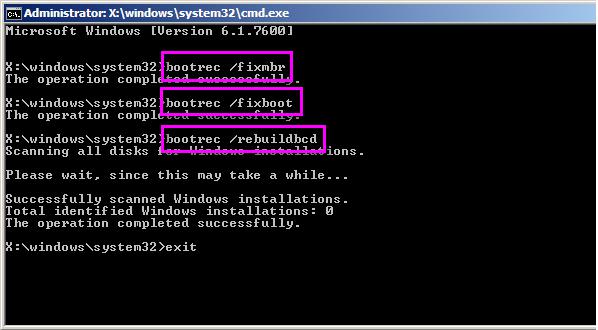

This may have a negative performance impact on other tasks running on the system. Uses more system resources to complete a scan as fast as possible. Use with NTFS only (must be used with /scan).

Bypass all online repair all defects found are queued for offline repair (for example, chkdsk /spotfix). Use this parameter after imaging a volume to a new hard disk drive. Clears the list of bad clusters on the volume and rescans all allocated and free clusters for errors. If you omit the size parameter, /l displays the current size. Changes the log file size to the size you type. Does not check cycles within the folder structure, which reduces the amount of time required to run chkdsk. Performs a less vigorous check of index entries, which reduces the amount of time required to run chkdsk. x also includes the functionality of /f. All open handles to the drive are invalidated. r includes the functionality of /f, with the additional analysis of physical disk errors.įorces the volume to dismount first, if necessary. Locates bad sectors and recovers readable information. If chkdsk cannot lock the drive, a message appears that asks you if you want to check the drive the next time you restart the computer.ĭisplays the name of each file in every directory as the disk is checked. You can use the ? and * wildcard characters to specify multiple files.įixes errors on the disk. Specifies the location and name of a file or set of files that you want chkdsk to check for fragmentation. Use with file allocation table (FAT) and FAT32 only. Specifies the drive letter (followed by a colon), mount point, or volume name. The command cannot be used with a local drive letter that has been redirected over the network.


 0 kommentar(er)
0 kommentar(er)
